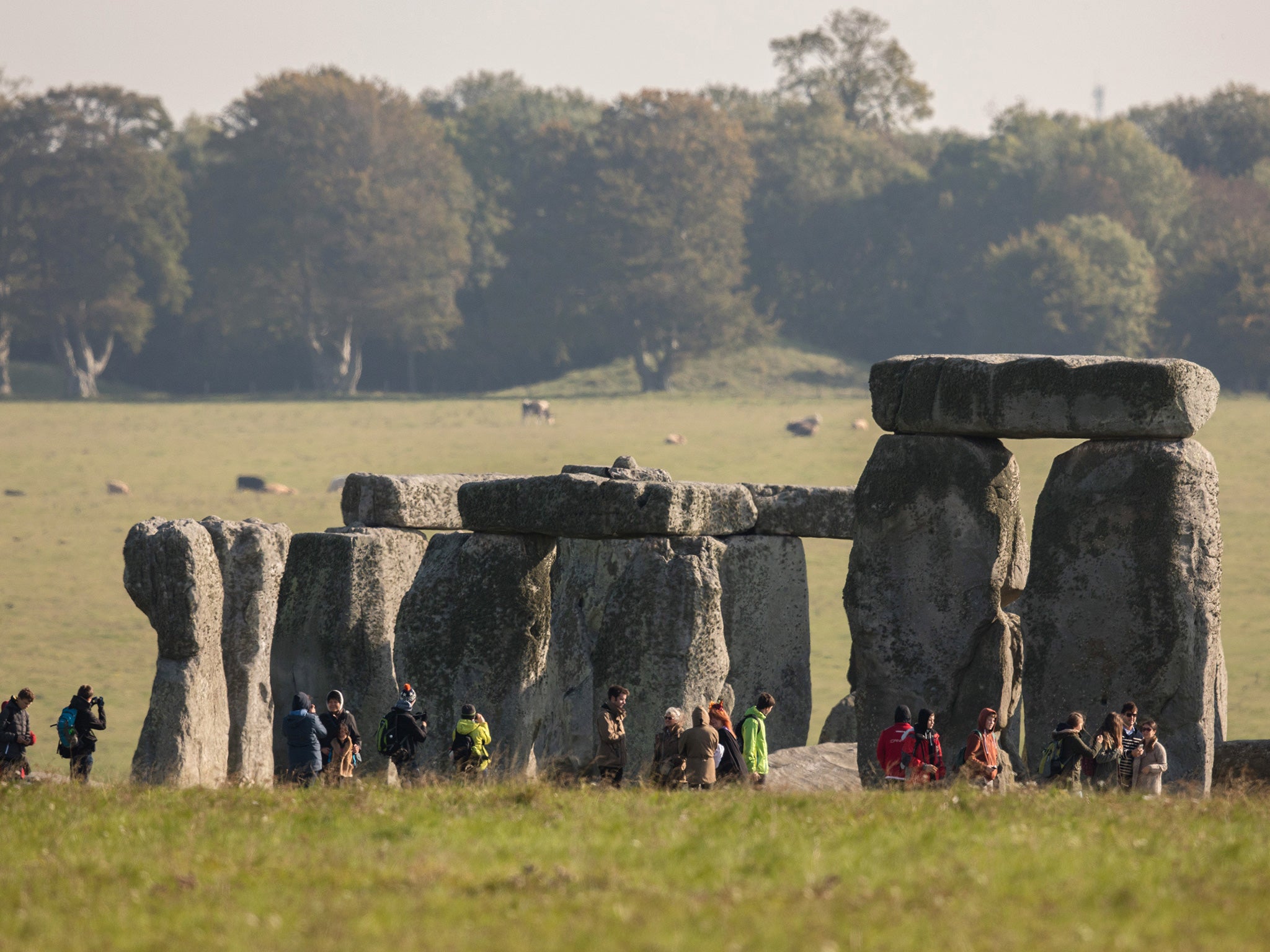Stonehenge was built in Wales and 'dragged off' to Wiltshire 500 years later, study suggests
Holes found cut into rocky outcrops near the Preseli Hills in Pembrokeshire match the stones of the famous monument

Your support helps us to tell the story
From reproductive rights to climate change to Big Tech, The Independent is on the ground when the story is developing. Whether it's investigating the financials of Elon Musk's pro-Trump PAC or producing our latest documentary, 'The A Word', which shines a light on the American women fighting for reproductive rights, we know how important it is to parse out the facts from the messaging.
At such a critical moment in US history, we need reporters on the ground. Your donation allows us to keep sending journalists to speak to both sides of the story.
The Independent is trusted by Americans across the entire political spectrum. And unlike many other quality news outlets, we choose not to lock Americans out of our reporting and analysis with paywalls. We believe quality journalism should be available to everyone, paid for by those who can afford it.
Your support makes all the difference.Stonehenge could have been first built in what is now Wales where it remained for 500 years until it was “dismantled and dragged off” to Wiltshire, archaeologists have suggested.
The claim followed the “fantastic” discovery of holes cut into rocky outcrops near the Preseli Hills in Pembrokeshire that match the stones of the famous monument but which were cut centuries before it was built, The Guardian reported.
The holes have been dated to between 3,400 and 3,200 BC but Stonehenge was not created in Wiltshire until 2,900 BC.
Professor Mike Parker Pearson, of University College London, said: “It could have taken nearly 500 years to get them to Stonehenge, but that’s pretty improbable in my view.
“It’s more likely that the stones were first used in a local monument, somewhere near the quarries, that was then dismantled and dragged off to Wiltshire.”
He suggested that the “first Stonehenge” was in Wales and “what we’re seeing at Stonehenge [in Wiltshire] is a second-hand monument”.
“Normally we don’t get to make that many fantastic discoveries. But this is one,” he said.
The holes were found on Carn Goedog and Craig Rhos-y-felin. Similar stones that were left behind and what appeared to be “a loading bay” area were also found.
It had been thought that the original builders of Stonehenge had taken giant bluestones from the Preseli Hills to build the inner ring of stones at the monument for reasons that were not fully understood.
A paper by the research team, which also includes academics from Manchester, Bournemouth and Southampton universities, are published in the journal Antiquity. A book by the Council for British Archaeology, called Stonehenge: Making Sense of a Prehistoric Mystery, has also been published.
Join our commenting forum
Join thought-provoking conversations, follow other Independent readers and see their replies
Comments